Let’s take a break for a quick Kit Chat…
As I’ve said many times…tire damage (punctures, sidewall gashes, cut air valves) are the most common type of trail damage that we tend to see while off-roading. It’s inevitable really, so we should be prepared for it, and part of that preparedness is ensuring that you can change a tire.
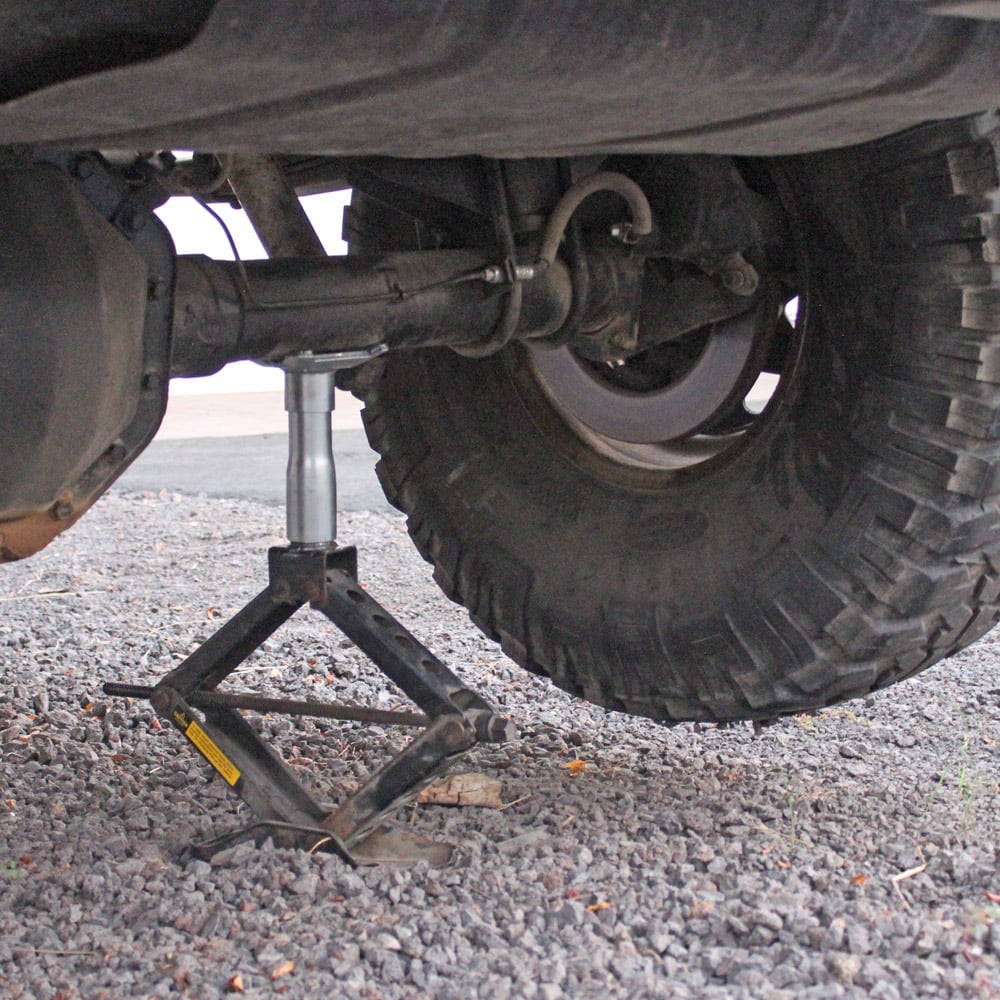
Now while we aren’t going to cover how to change a tire in detail, one of the essential tools is some means of jacking up your vehicle enough to get that tire off the ground. Every 4×4 vehicle comes with a jack of some sort, and it’s usually a scissor jack. There’s nothing wrong with them really. They are easy enough to use, and if used properly, they are quite safe.
The problem comes when you upgrade your tires and/or suspension, and then your OEM scissor jack no longer goes high enough to raise your tire off the ground.
This is a bigger problem when the jack is designed to lift the frame, whereas some jacks (like those that come with Jeep Wranglers) are designed to lift the axle. Lifting the axle actually makes a lot more sense because less lifting is required to get the tire off the ground.
It never ceases to amaze me that almost every time someone increases the height of their vehicle, they forget that they also need to replace their jack to accommodate the new height. If not, tire damage is a lot harder to deal with on the trails. Even impossible.
There are many options available, and like most things, each has their pros and cons. One of the most commonly discussed options is the tried and true High Lift jack (aka…the Farm Jack). They come in a few height choices, and they do provide a tremendous amount of lift. However, High Lift jacks are large, long, very heavy, and very dangerous if not used with extreme caution. They also require some suitable lift points that aren’t usually found on a stock 4×4.
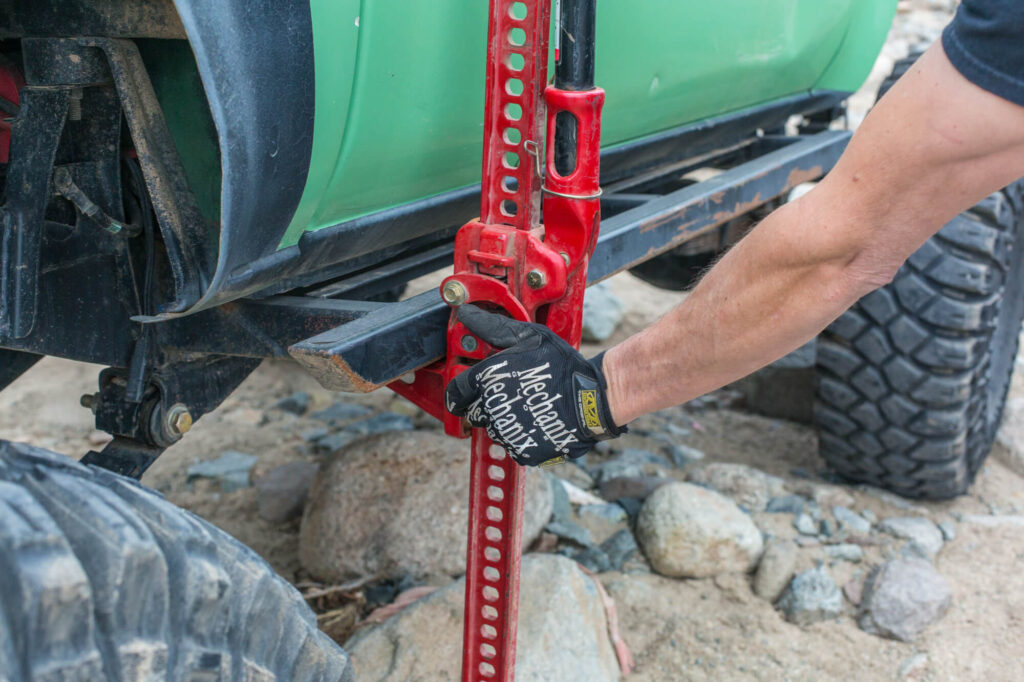
Usually High Lift jacks are put under after market rock sliders, or steel bumpers, but they come with a high risk of slipping off sideways, leading to some sort of damage (usually damage to the vehicle). You can get adapters to lift from the wheel but that doesn’t help much if it’s the tire that you need to change. They also have a tendency to cause serious personal injury…usually to your hands or face. High Lift jacks are well known for knocking out teeth, or just knocking you out cold. Also, due to their large size and weight, they take up a lot of space inside your vehicle or they need to be mounted somehow outside the vehicle. Actually, it’s because of their large and awkward size, that High Lift jacks are usually mounted outside the vehicle but in the event of a collision, those mounts don’t often hold up well, and the jack becomes a missile causing further damage to something…or someone. I hear a lot of strong opposing opinions on High Lift jacks (I won’t get into them all), but for me they are a hard No. You won’t find one in (or on) my vehicle…ever.
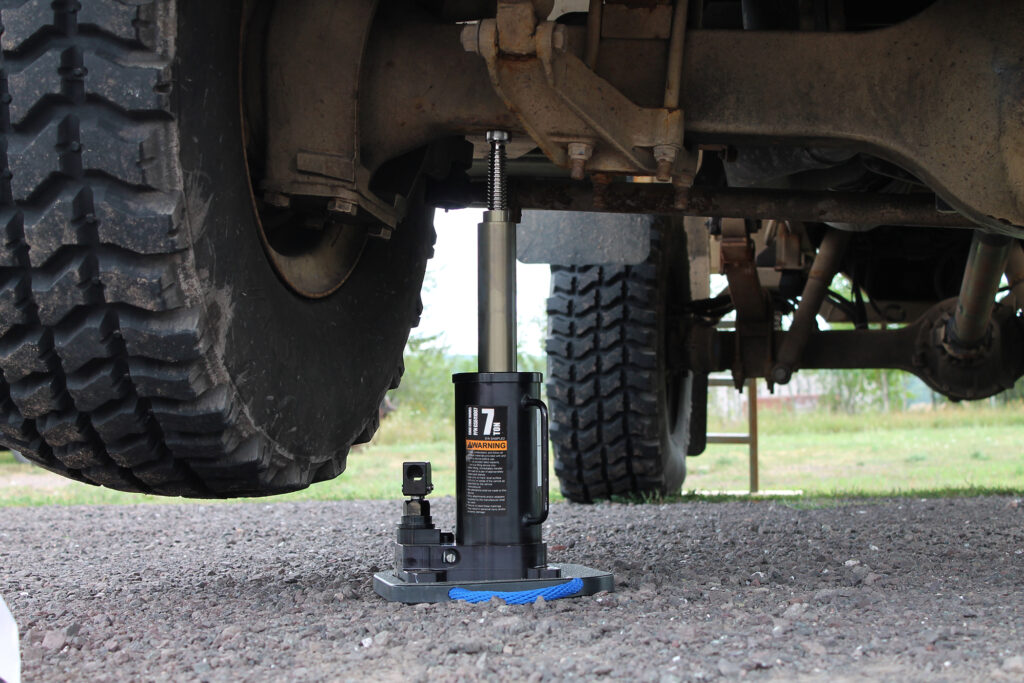
Another option to consider, which is lighter and more compact, are hydraulic bottle jacks. Personally this is my best recommendation. They are extremely powerful, and if you need more height you can stick some planks under it. Wooden boards/planks, foldable traction boards like GoTreads, or even traditional traction boards, will work in a pinch. They are easy to use, very reliable, and as far as jacks go…they are quite safe. I’ve never heard of someone having their teeth knocked out from using one. Bottle jacks are available in a wide range of sizes, so finding one to suit your needs isn’t difficult.
A less common option is the exhaust bag jack. They are basically large air bags, and they inflate by connecting a hose to…you guessed it…the exhaust pipe. There are a few variations on the market with a wide range in pricing, but the decent ones also have a means of connecting an air compressor as an air supply. This is an important feature since holding the hose around the tail pipe and getting a tight seal isn’t exactly easy (especially if your tail pipe has an asymmetrical tip due to it’s design or due to damage from being smashed on a rock. Ease of use has been the largest complaint found online by those who have owned them. The general consensus is that connecting the air bag to an air compressor is easier but will your compressor be up to the task of lifting your vehicle? Probably yes, but you should test that in your driveway before needing to do it for real on the trails.
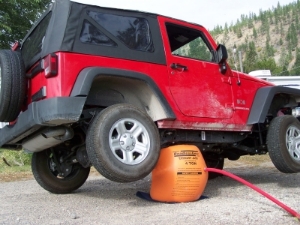
These types of jacks aren’t very common anymore mostly because they aren’t very easy to use, and they aren’t very stable. They are good at raising a vehicle (if you can inflate them properly) but the vehicle will shift quite easily. They are also easy to damage from punctures or melting them on a hot exhaust pipes under the vehicle. How ironic.
These types of bags are more commonly used, in a much larger format, to help right rolled over transport trucks. However, those air bags are much larger, require very powerful air compressors to inflate them, and in those cases, several bags are used at once. But in the off-roading world, these aren’t very common.
Stability is always a huge risk regardless of what type of jack you use. Trying to lift a vehicle while on sand, snow, mud, loose gravel, etc. is never safe, and sometimes it’s quite difficult. In those cases, you should always use some sort of added base or planks as a platform to widen the footprint on the ground, but even then, the vehicle should be as level as possible. If not, regardless of what type of jack is used, the vehicle will shift, the jack will slip, and the vehicle will fall, often resulting in damage to the vehicle, or worse, causing personal injuries.
It’s basic physics…what goes up must come down, and if your 4×4 is going to fall, make sure you aren’t under it. Actually…you should always expect your vehicle to fall and prepare for that.
This is a good time to mention that there are things you can buy that MAY eliminate the need to remove the tire at all depending on the type of damage. You should always have spare valve caps to avoid dirt damaging the valve cores. Losing valve caps is very common, so you should carry lots of spares. You should also carry spare valve cores and a core tool. You can find these basic kits on Amazon or at your preferred auto store. They also contain spare valves but changing the whole valve may be quite difficult without removing the tire, separating the bead from the rim, re-seating the bead, etc. You need a whole different set of skills, and knowledge for that, so it’s best to try and avoid the need for it entirely.
You should also carry a good tire repair kit. For those of us in the tire business, this is commonly known as “bacon strips”, and they come in handy for small punctures from nails, glass, or twigs. MORRFlate has a good kit that covers most issues.
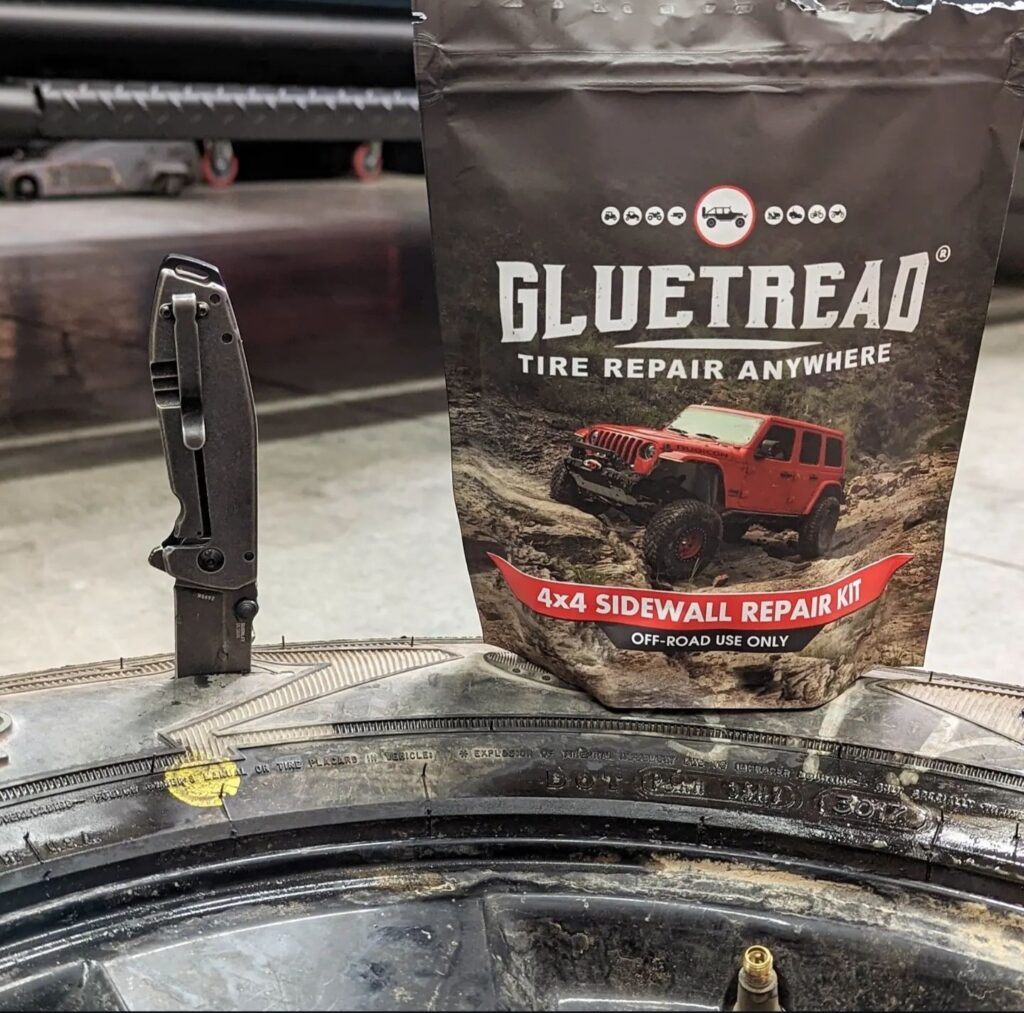
Another common type of tire damage is to the sidewall. Usually this can’t be repaired, but there is now a patch kit available to at least get you off the trail called GlueTread. They are quite effective at patching even large gashes to the sidewall, and you don’t even have to remove the tire (so no jacks required), but once patched, the tire is not to be used on the roadways. It’s ONLY to get you off the trail.. Personally, I consider the GlueTread kits an essential bit of gear for any off-roader, and it’s often safer and faster than changing the tire.
It always baffles me that tire repairs aren’t properly considered, or planned for, even though they are the most common type of trail damage. It’s also damage that CAN often be repaired in the field well enough to get you within range of a tow truck (or even repaired properly if it’s just a straight up puncture). You have to prepare for it though, and that starts with being able to get your tire off the ground.
So if you’re going add a lift kit, or even just get slightly larger tires, make sure you have a jack that is up to the job of getting you properly jacked up.


 Previous Post
Previous Post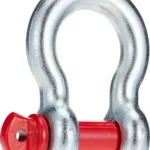 Next Post
Next Post